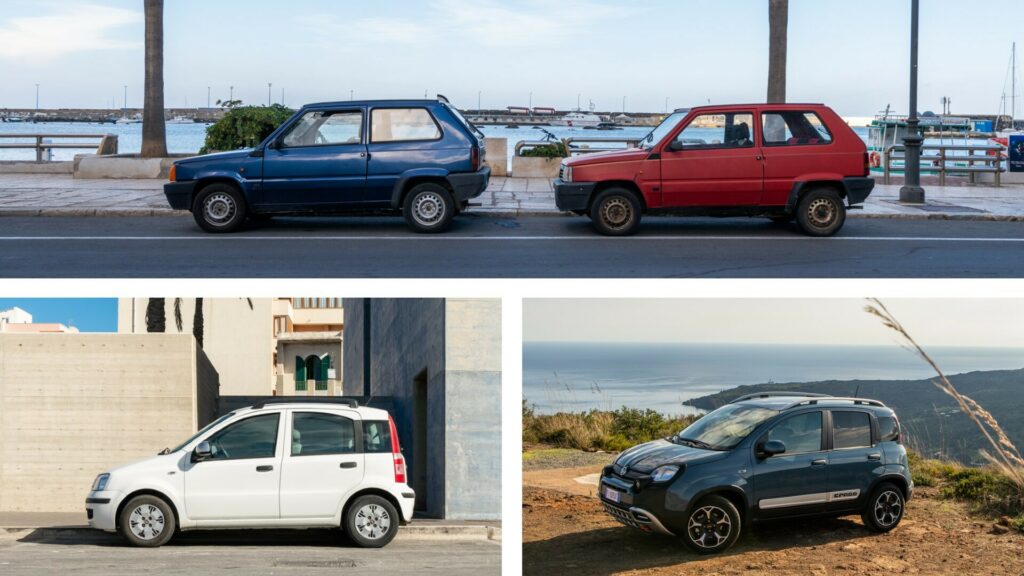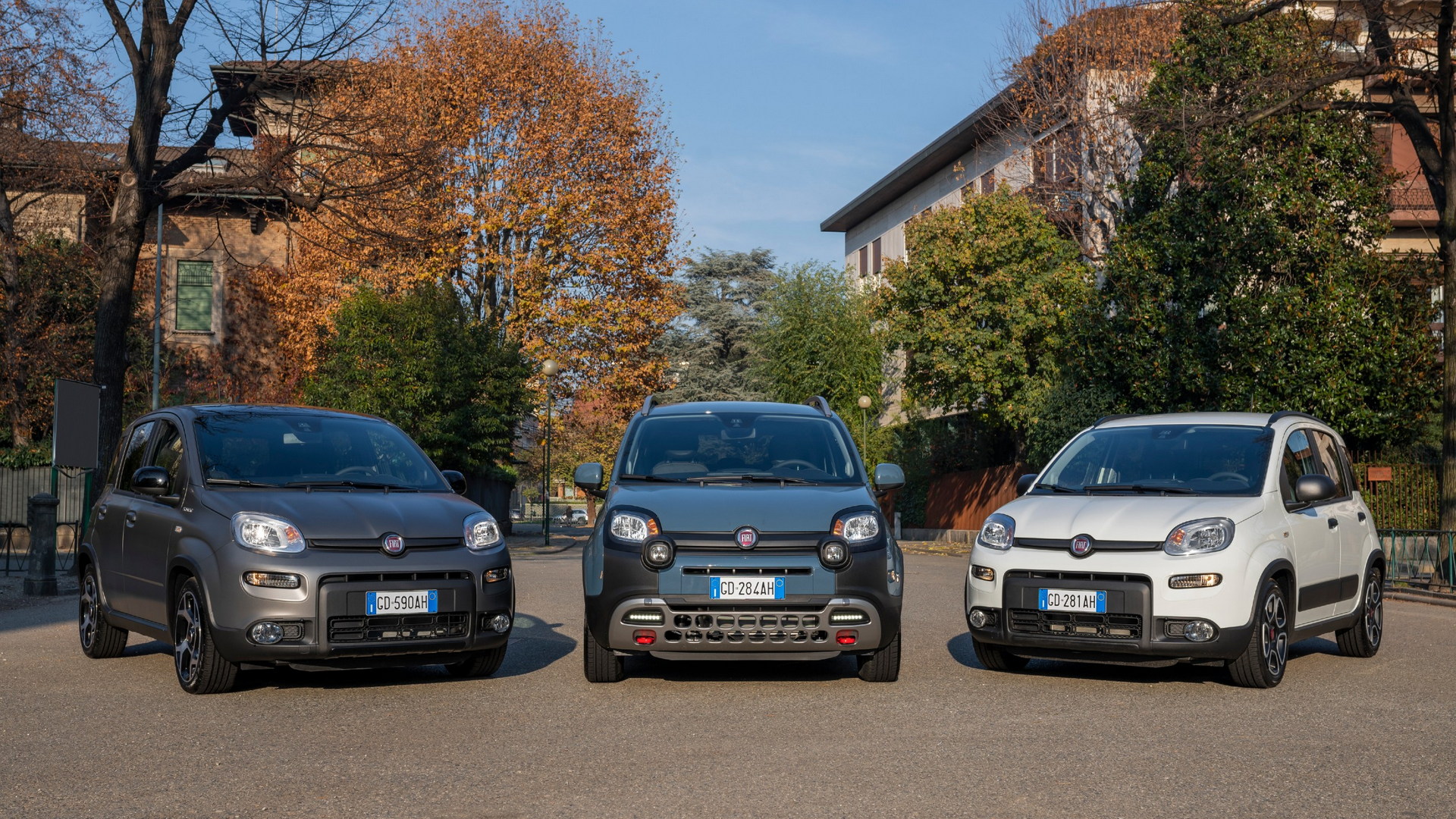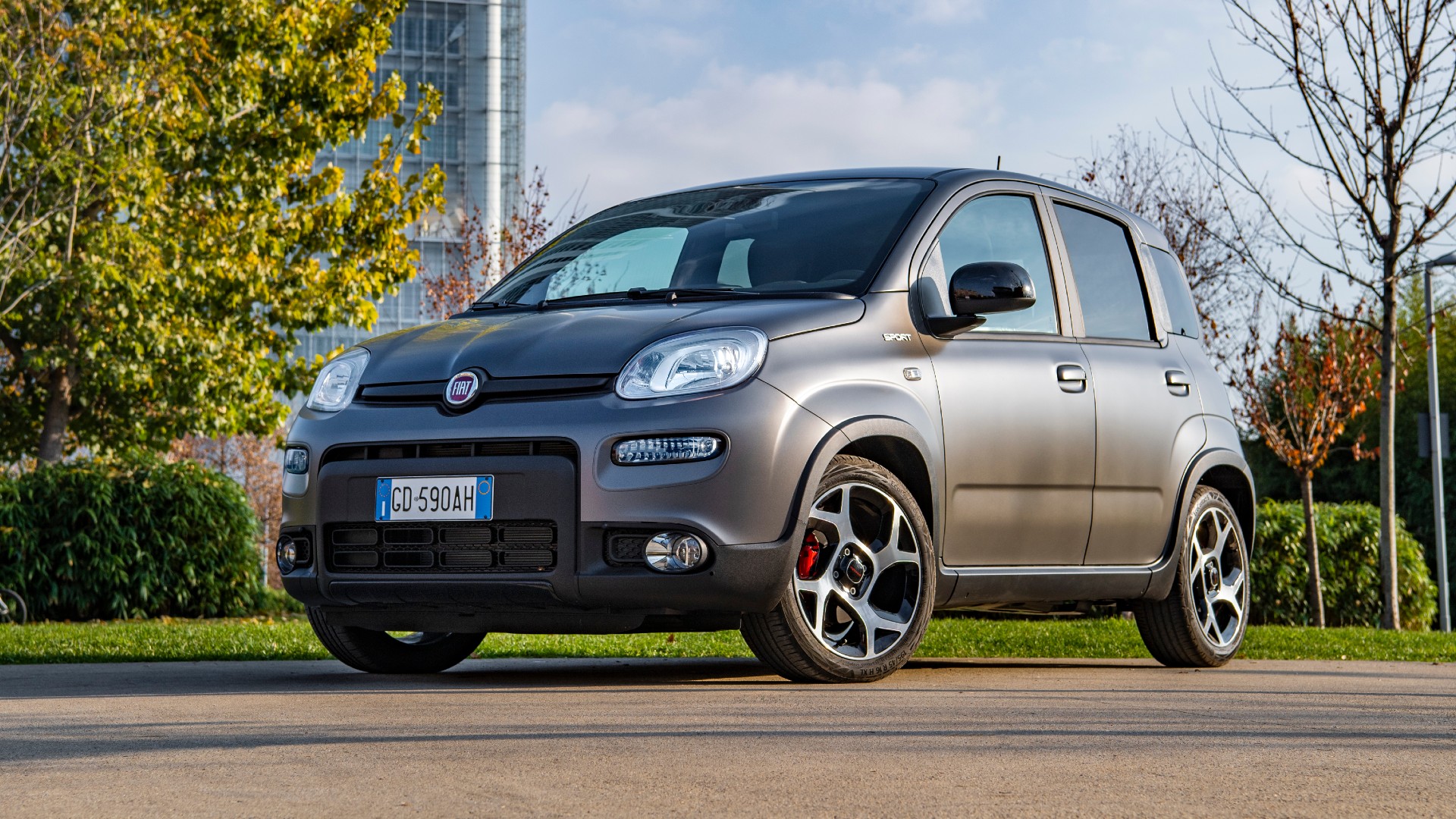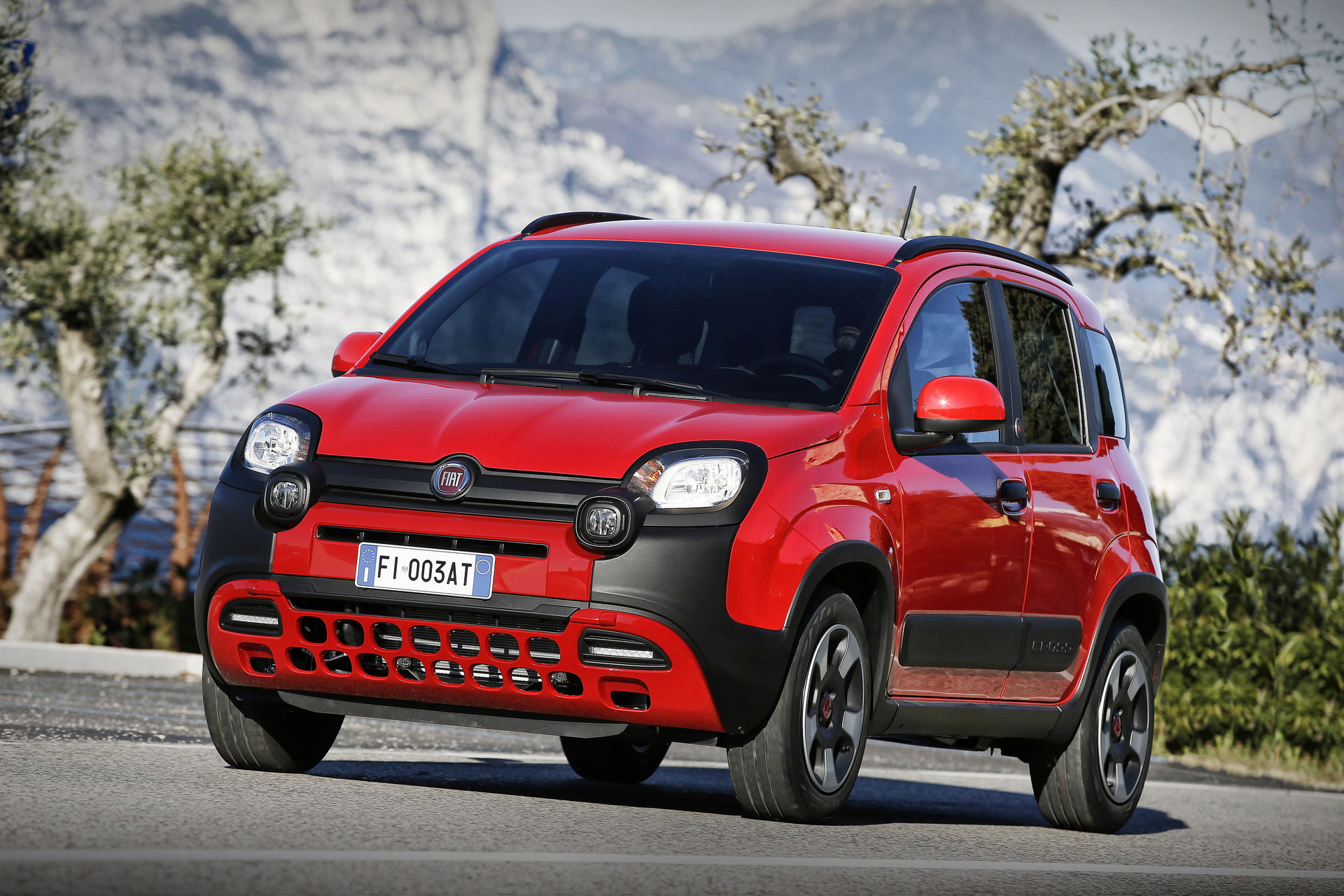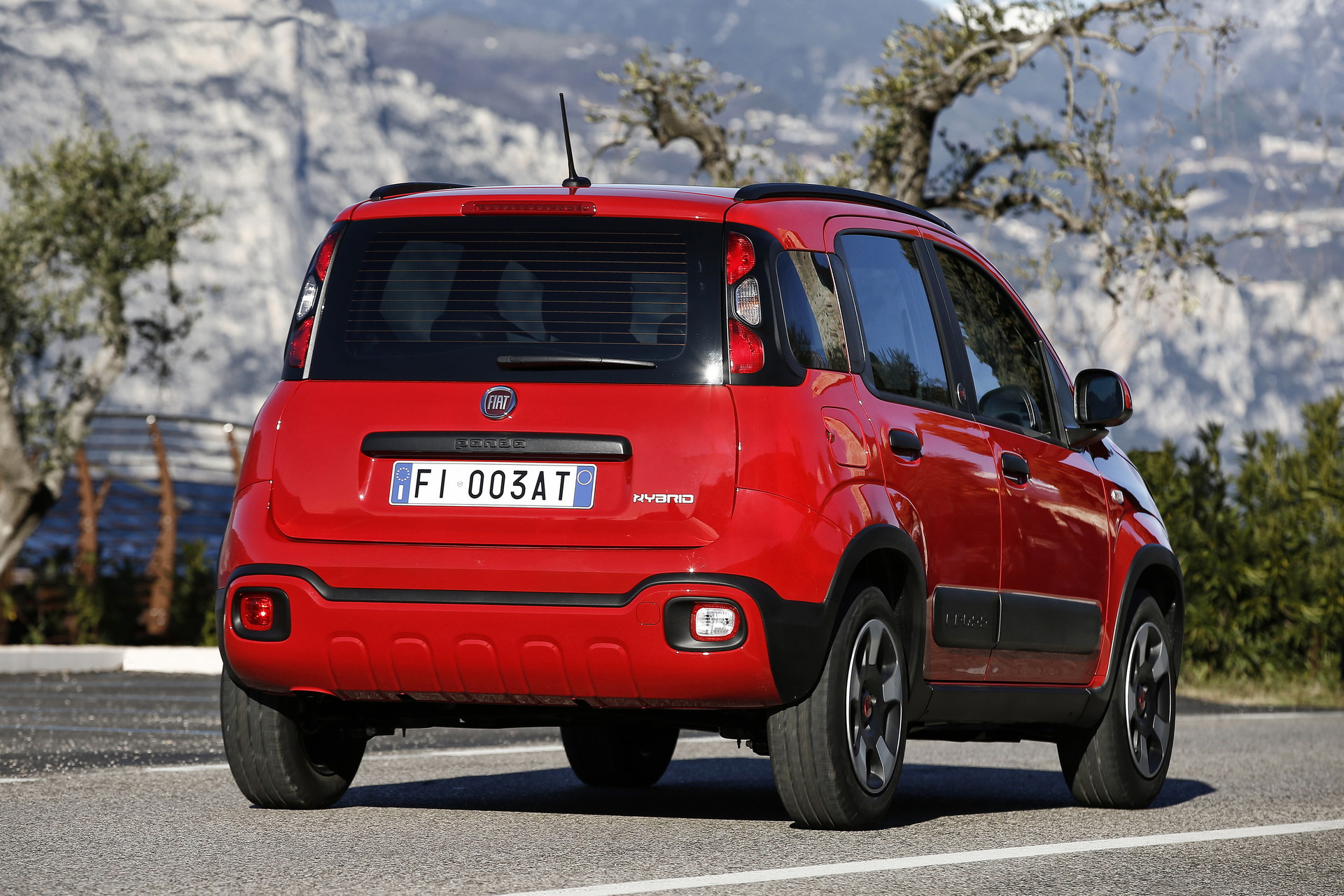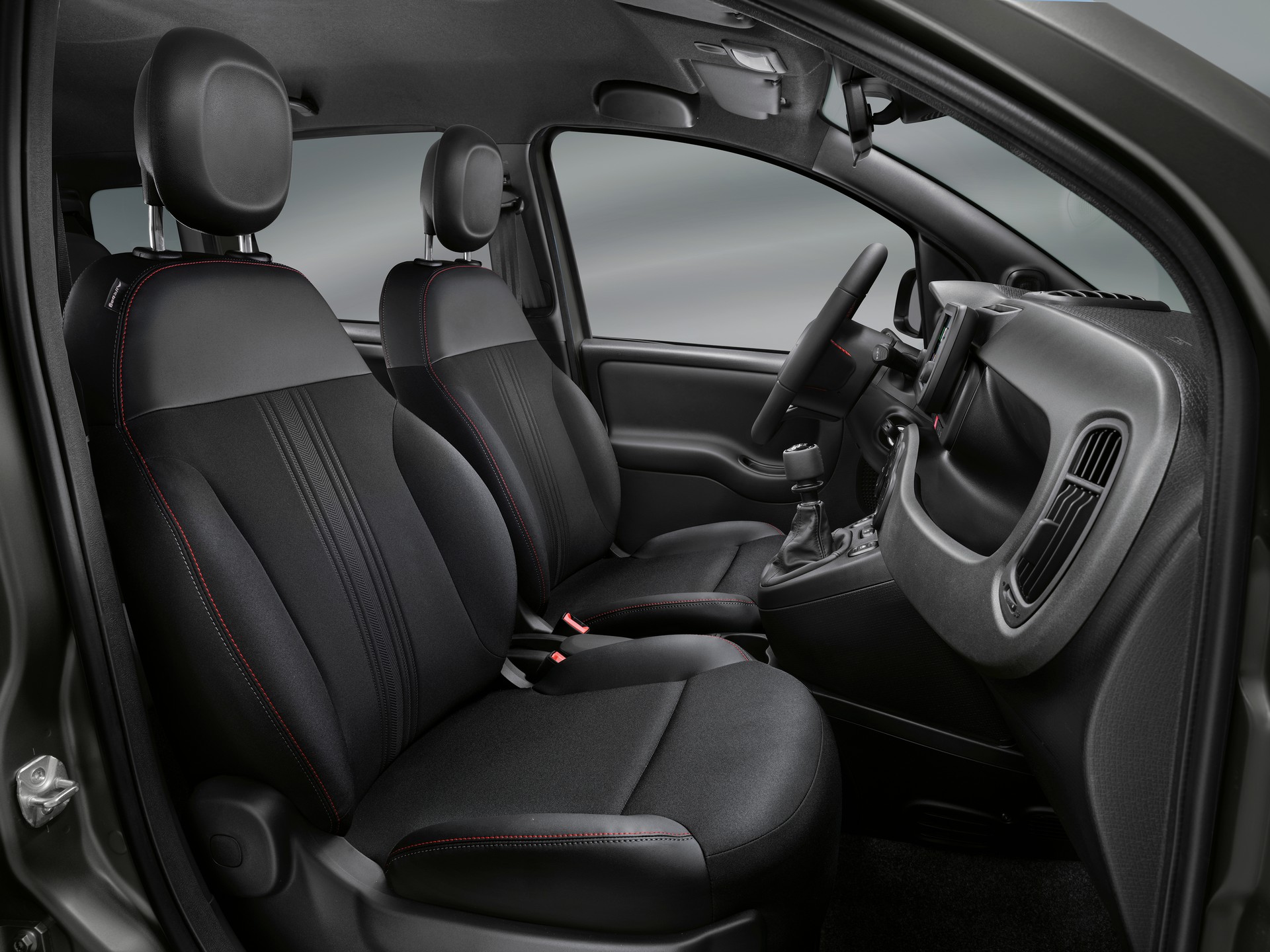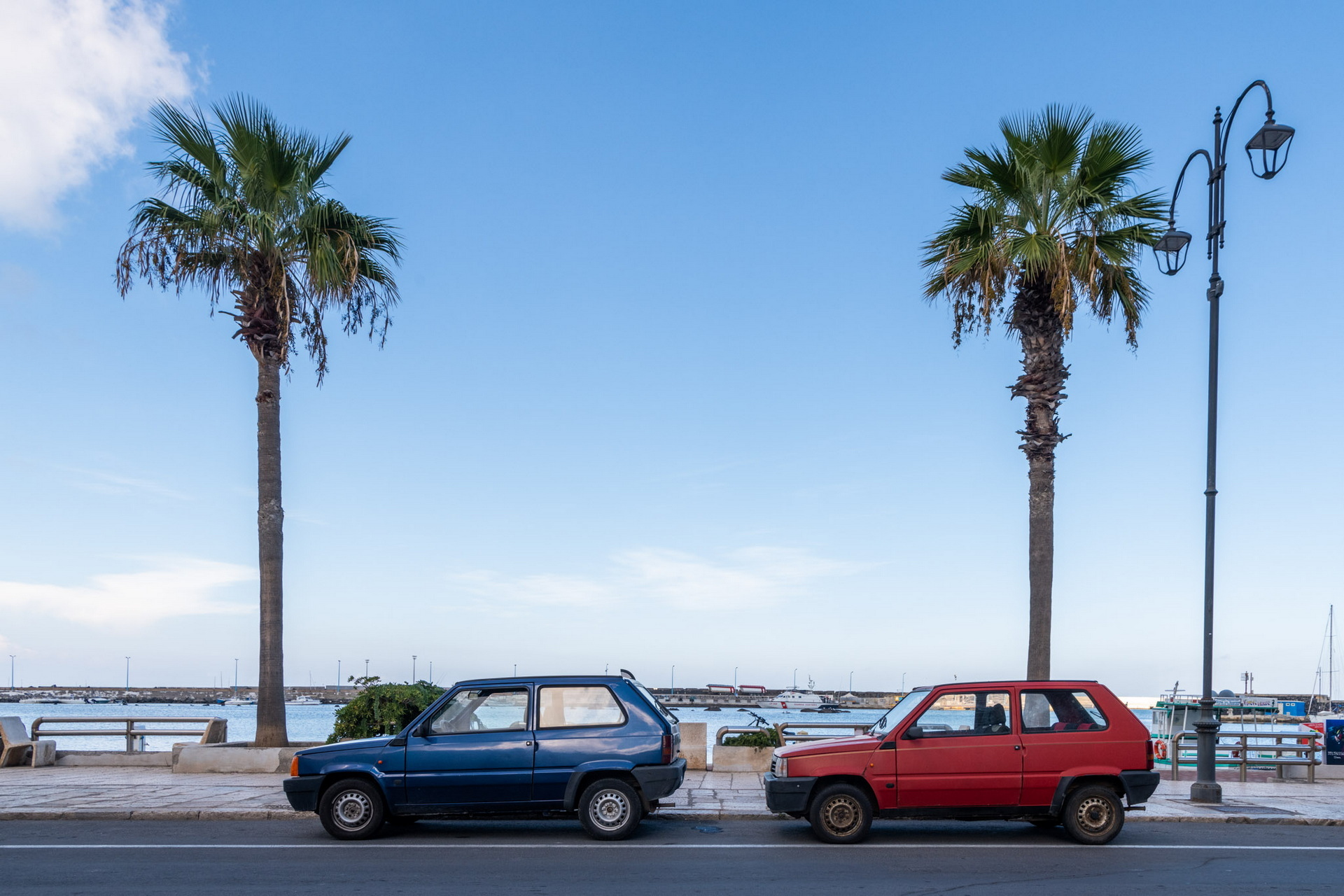Fiat created a docufilm called “Pandelleria”, highlighting the impressive number of Pandas on the Italian island of Pantelleria (yes, this is an actual place). The automaker dedicated the film to the workers of the Pomigliano d’Arco plant in Italy, home of the production of the current generation of the Fiat Panda.
The film suggests that Pantelleria has “more Panda than people” which is hard to believe for a place with a population of 7,335 individuals. However, the claim that the island has “the highest density of Panda in the world” sounds more accurate. Besides Pantelleria which is located in Sicily, the model is a dominant sight in tourist places of Mediterranean countries, as a popular option for rent-a-car businesses.
Read: Restored 1986 Fiat Panda 4×4 Is A Cute But Rugged Italian Off-Roader
The docufilm features 14 Pantelleria residents who despite their different professions and backgrounds (a spiritual guide, a beekeeper, a farmer, a mechanic, a priest, a musician, and more) they all have in common their love for the iconic city car. We also get to admire the beautiful Mediterranean landscape, with plenty of cameo appearances of all three generations of the Fiat Panda. The 30-minute-long film was conceived by Fiat’s marketing team, directed by Giovanni Troilo, and produced by Twister Film.
More than four decades have passed since the debut of the first-gen Panda at the 1980 Geneva Motor Show, with the total sales of the nameplate being close to 8 million units. The second-gen Panda appeared in 2003, with the current third-gen model following in 2011. Despite its age, the latter remains Europe’s most popular city car (A-Segment) in its latest mild-hybrid form which will solider on until 2026. Furthermore, the model rocks an 8% market share in its home market in Italy. Fiat is currently working on a brand-new EV-only Panda which is expected to adopt a crossover stance.
Correction: Only the current iteration of the Panda is produced at the Pomigliano d’Arco factory. An earlier version of this story incorrectly stated that all three generations were produced there.




